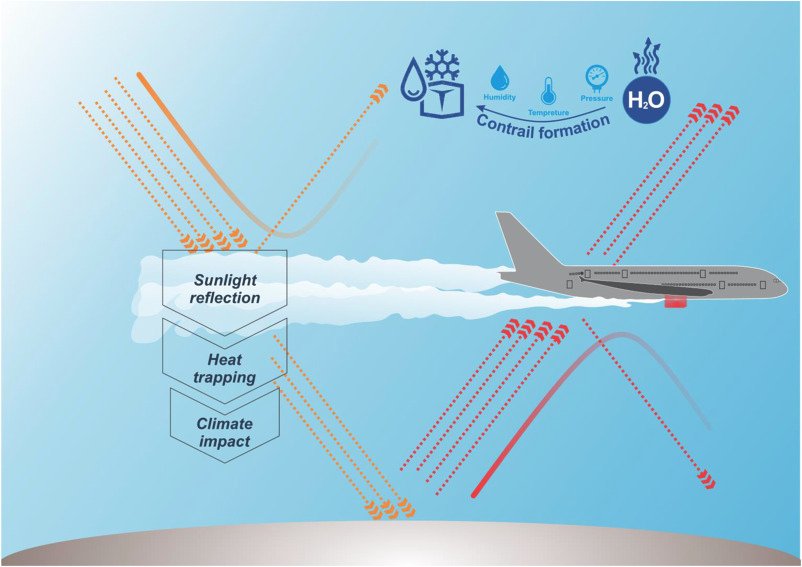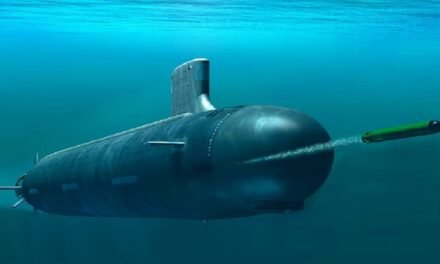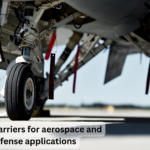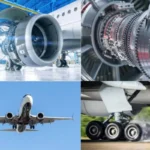Scaling hydrogen propulsion technology for commercial aviation faces several technical barriers that need to be addressed before it becomes a viable and widespread solution. These barriers span storage, safety, infrastructure, and propulsion system design. Here are the main challenges:
1. Hydrogen Storage and Transportation
- Cryogenic Storage: Hydrogen must be stored as a liquid at extremely low temperatures (~-253°C). Maintaining these temperatures in aircraft poses significant engineering challenges, including insulation, boil-off management, and system weight.
- Volume Constraints: Liquid hydrogen has a low energy density by volume, requiring larger tanks than conventional jet fuel. Integrating these tanks into an aircraft’s design without compromising aerodynamics or payload capacity is a challenge.
- Weight of Storage Tanks: Hydrogen storage tanks are heavier than traditional fuel tanks due to the need for reinforced materials and insulation, reducing overall aircraft efficiency.
2. Propulsion System Design
- Engine Adaptation: Current jet engines are not optimized for burning hydrogen. Modifications to handle hydrogen combustion efficiently, while managing flame stability and nitrogen oxide (NOx) emissions, are required.
- Fuel Cells for Electric Propulsion: Using hydrogen in fuel cells to generate electricity for electric propulsion requires lightweight, high-efficiency fuel cell systems, which are still under development.
- High Altitude Performance: Hydrogen combustion produces water vapor, which at high altitudes can form contrails and exacerbate radiative forcing. Managing this impact requires advanced exhaust control systems.
3. Safety Concerns
- Flammability: Hydrogen is highly flammable and requires rigorous safety measures to prevent leaks and ensure safe storage and handling during flight and ground operations.
- Public Perception: The perceived safety risks of hydrogen, stemming from historical incidents, may impact acceptance of hydrogen-powered aircraft.
4. Aircraft Design
- Structural Integration: Adapting aircraft to accommodate larger hydrogen storage tanks without compromising flight performance or passenger capacity is a major design hurdle.
- Retrofit Challenges: Retrofitting existing aircraft to use hydrogen is challenging, as the designs were not originally intended for this fuel.
5. Infrastructure Development
- Refueling Infrastructure: Airports need to develop specialized hydrogen production, storage, and refueling systems, which requires significant investment.
- Hydrogen Production: Scaling up green hydrogen production using renewable energy sources is critical for sustainable aviation. Current production capacity is insufficient to meet potential aviation demands.
6. Economic and Logistical Constraints
- Cost of Hydrogen: Green hydrogen is currently more expensive than conventional jet fuel. Lowering costs through advancements in production and distribution is necessary for commercial adoption.
- Supply Chain Development: Developing a global supply chain for hydrogen that meets the demand of the aviation industry is a complex logistical challenge.
7. Regulatory and Certification Barriers
- Standards and Certification: Establishing new regulatory frameworks and safety standards for hydrogen propulsion systems and infrastructure is time-consuming.
- Certification Processes: Hydrogen-powered aircraft must undergo rigorous testing and certification to ensure safety and performance, which can delay commercialization.
8. Environmental Considerations
- Life Cycle Emissions: Ensuring that hydrogen is produced sustainably (e.g., using renewable energy) is critical to achieving its environmental benefits.
- Contrail Formation: Addressing the climatic impact of water vapor emissions at high altitudes is necessary to fully realize hydrogen’s potential as a sustainable solution.













